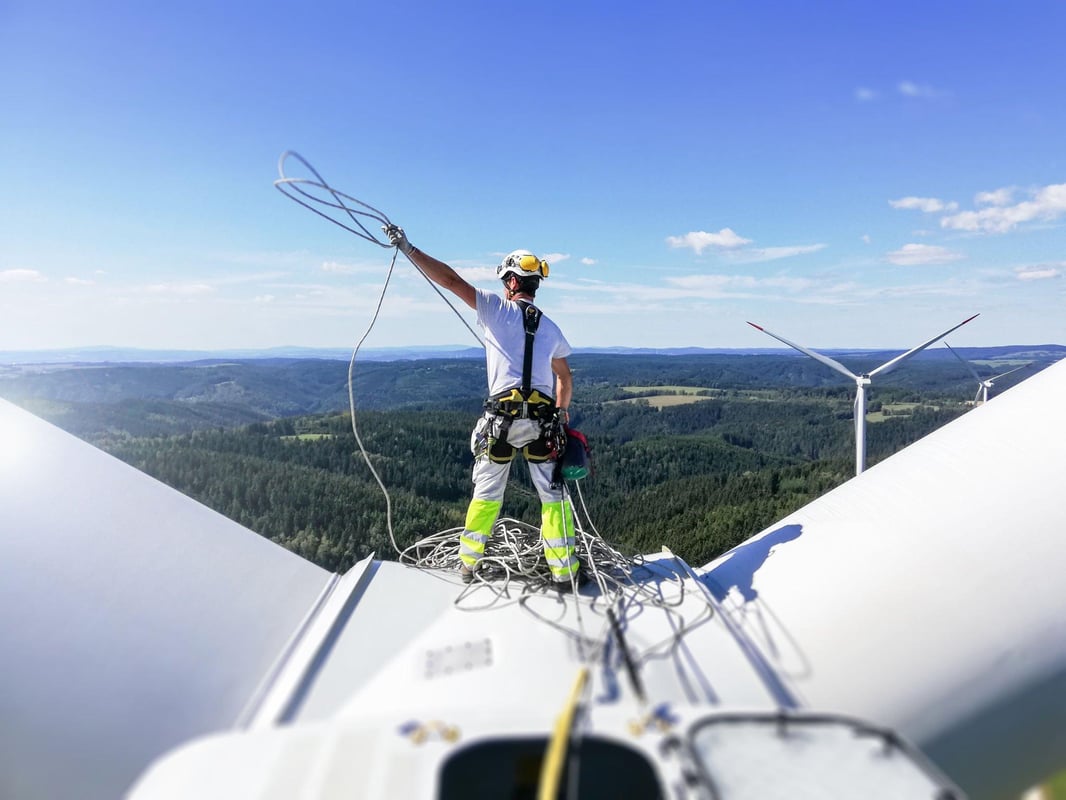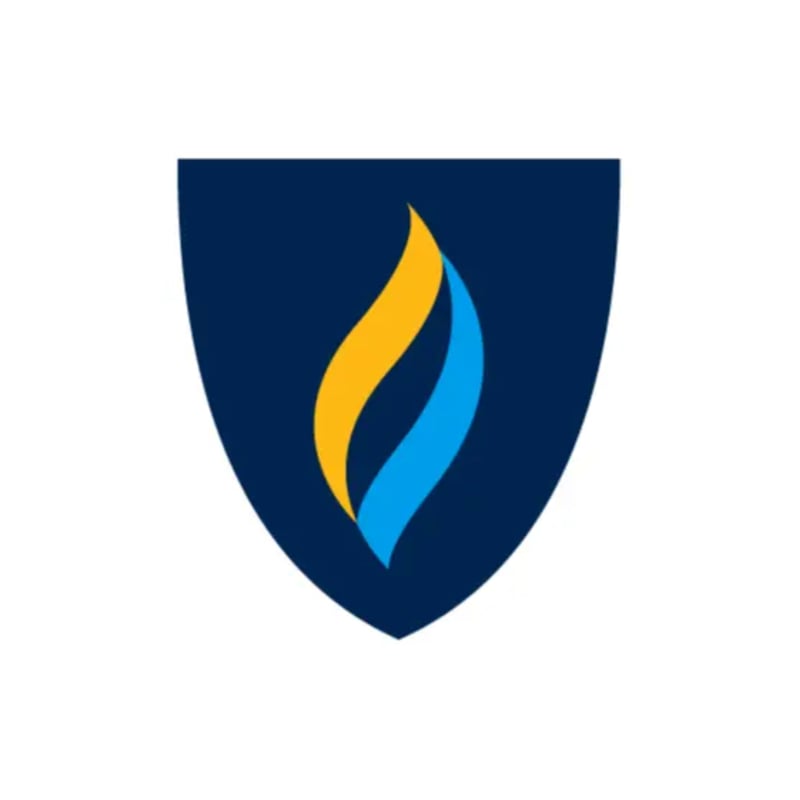Wind Turbine Technician schools near me

Wind turbines now generate over 10% of U.S. electricity across 45 states, powered by 150,000+ megawatts of capacity from 75,000+ turbines. Skilled wind turbine technicians—“windtechs”—keep these giants running, helping farmland owners profit from renewable energy and fueling local communities. This article shows you exactly how to find wind turbine technician schools near you and how Dreambound can jumpstart your career in this critical, fast-expanding field.
On Dreambound, there are 4 Wind Turbine Technician programs, and the average class length is 9 months. If you're wondering how Dreambound helps people pursue their dream jobs, here's what others have experienced:
- "Dreambound offers lots of career choices to choose from." - Casondra Edwards-Eccleston
- "Dreambound definitely gave me hope to be able to start school and get a jumpstart to my career path." - Erika Ross
- "At Dreambound, I had a great experience with fast responses to any questions regarding classes that I needed more information about. I love how convenient it is to send an email and get a fast response." - Celina Rodriguez
If you're ready to start your journey as a wind turbine technician, keep reading to learn how Dreambound can support you in reaching your career goals.
How Long Does It Take to Become a Wind Turbine Technician?
Typically 6 months to 2 years, depending on the path you choose:
- Certificate programs at trade schools or community colleges can last 6–12 months.
- Associate degrees take about 2 years (4 semesters).
- After formal education, most new technicians receive on-the-job training for several months.
Pro Tip: Look into internships or apprenticeships for hands-on experience and networking in the industry.
How Much Does Wind Turbine Training Cost?
The cost varies widely:
- Certificate programs may cost ~$1,000–$5,000 for in-state tuition at community colleges.
- Associate degree programs can range ~$5,000–$10,000 (in-state) at public institutions.
- Private trade schools or specialized programs might be higher, from ~$8,000 to $15,000 or more.
Financial aid, scholarships, or employer tuition assistance might be available. Veterans may use GI Bill benefits at eligible schools.
Should I Become a Wind Turbine Technician?
Yes, if you enjoy hands-on work, don’t mind heights, and want to be part of the growing renewable energy sector. The job is physically demanding but rewarding, offering:
- Strong job opportunities in clean energy.
- A chance to work outdoors and travel to various sites.
- The satisfaction of contributing to sustainable power generation.
No, if you dislike physically demanding jobs, have a fear of heights, or prefer a 9-to-5 office setting.
For an in-depth look at pros and cons, see Is Wind Turbine Technician a Good Job? Pros and Cons.
Key Takeaways
- Wind power is a major source of U.S. electricity—over 10%—and wind turbine technicians help keep those turbines running.
- You can become a wind turbine technician in as little as 6 months, or earn an associate degree in about 2 years.
- Training costs vary, but financial assistance and scholarships are often available.
- Dreambound offers 4 Wind Turbine Technician programs, plus tools to find schools by city or ZIP code.
- Success in this career requires comfort with heights, an interest in mechanical/electrical systems, and a passion for renewable energy.
Conclusion & Next Steps
Wind turbine technicians are on the front lines of renewable energy, ensuring turbines across the country generate clean power. If you’re ready to embark on a hands-on, exciting, and impactful career path, explore Dreambound’s Wind Turbine Technician programs or check out our state-by-state guides. Enrolling in a reputable program can jumpstart your journey in as little as half a year.
Got questions? Contact Dreambound or use our AI-powered coach to get personalized guidance on financial aid, program requirements, and career support. With the growing demand for green energy, now is a great time to take the next step toward becoming a wind turbine technician!





